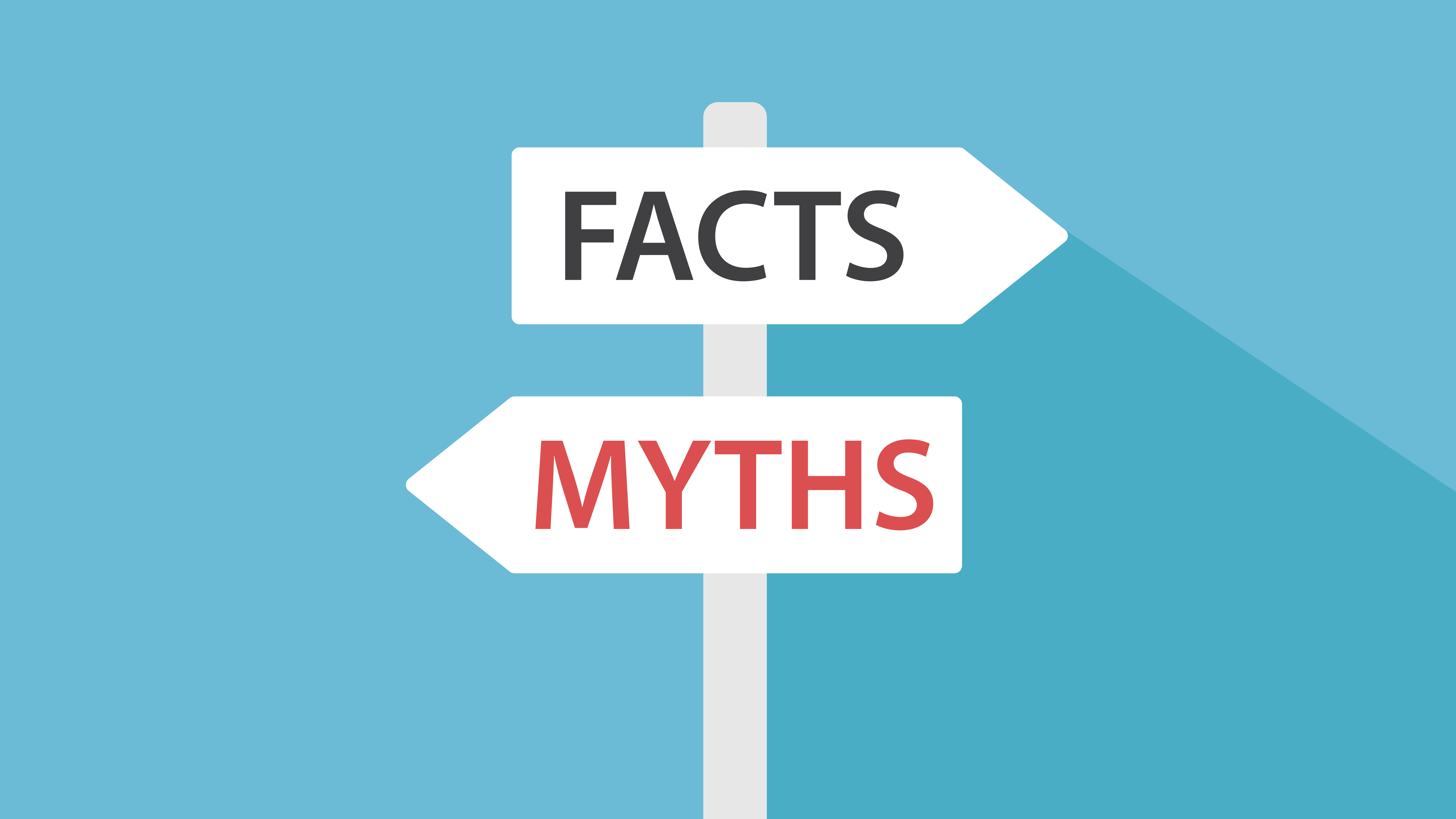Low-Risk Investment in Singapore – Do They Exist?
07 Dec 2021

Investing – the concept with many interpretations and one that has had many reactions over the century.
Some think it's an absolute "no-no" to invest at all and it's the equivalent of a suicide mission. Some would stock up on gold as a hedging tool and wait for gold prices to appreciate. Others with a more sizeable fund leave all the investing work to their fund managers.
But why do I need to invest, you ask? Is there even a low-risk investment in Singapore?
Back in the day, all our parents had to do was study hard for a good degree and get a government job to have an "iron rice bowl." Their retirement was sorted from there.
Sadly, inflation is running at its highest level since the 1930s. While people are struggling with increased prices, many are still attempting to retire but can't. Even a pension plan, which is supposed to give you a monthly income in retirement, can only provide you with a meagre sum. And with inflation rates skyrocketing faster than ever, it will only get harder to depend on your "iron rice bowl" alone.
So, instead of just an interest or "something rich people do," investing has now become a necessity. And more and more people are searching for low-risk investments in Singapore.
But what is investing and why are there still so many who are against it?
As our population grows in size, so does the number of financial instruments, methods, and investment approaches that emerge from the market. There are the "classics" -- stocks, gold, oil, funds, commodities, and property. Then, there are the "new-age" instruments such as NFTs (Non-Fungible Tokens) and cryptocurrencies.
Regardless, the core concept remains. You put money in, it grows over time, and you earn – at least in an ideal situation.
Debunking investing myths

The reason so many are still apprehensive towards investing, however, is mainly caused by the many myths around it:
Myth #1: You need a lot of money to start investing
Truth: Unlike what our parents told us, investing is not just for the rich and people with a lot of money. Even in small amounts, you can start investing, especially in the stock market. In fact, if you start early enough, you may even out-compound your friends who started with more money, but at a later time.
Myth #2: It's safest to follow the herd when investing
Truth: It is the opposite of safe to go with the herd when investing. Growing up, we have been conditioned to think that if everybody is doing it, then we should, too. But actually, you should never invest in anything only because everyone else is. It's called following the herd and it's one of the biggest mistakes investors make.
Myth #3: As long as you invest, profit is guaranteed
Truth: There are no guarantees in life. Theoretically speaking, there isn't even a guarantee that you'll wake up tomorrow. Everything in life comes with a risk and that includes investing. There is no such thing as guaranteed profit, but if you know how to manage your risks, you can at least maximise your chances.
Myth #4: To get high returns, you need to do high-risk investments
Truth: "High risk high return" is a phrase commonly thrown around in investing. This is, however, also one of the most misleading beliefs one could have about investing. Yes, there are generally high-risk investments that give high returns and low-risk investments with underwhelming return rates, but that doesn't mean it's always one or the other.
Because there is also a third possibility.... low risk and high returns.
You see, most people are so used to taking "high risk high return" at face value, few have actually taken a moment to think "what if there's a way to LOWER the high risks BUT still get the high returns"?
How to invest low risk
1. Do your homework
Understanding the character of an asset class is critical, be it stocks, bonds, or something else. It helps you determine whether you should invest in it at all, and all other information you need to make smart decisions. What does it need to be successful? What are its strengths? What are its weaknesses?
See also: Look at these 3 key things before investing
You can never accurately predict which of your investments will succeed but you can greatly minimise your risk by understanding as much as you can about the investment.
2. Get the right mentor
Forget about finding a low-risk investment in Singapore for a second. Instead, look into the story of virtually ANY successful person, and you'll see they have one thing in common – they have or had a mentor at some point.
The greatest thing about a mentor is that you can learn from his or her mistakes. You can also learn a lot by studying their strategies and tactics.
Google or books only give you information. Mentors teach you how to apply that information to YOUR advantage and just like that, your risks would already be significantly lowered!
3. Invest within your circle of competence
Everyone knows different things and has different areas of expertise. That is known as your circle of competence.
For example, a chef's circle of competence is the F&B industry, whereas a doctor's circle of competence is the medical industry. It would be significantly riskier if the doctor starts investing in restaurants and the chef starts investing in medical equipment companies. However, if they both start investing within their own niche, the risks are much lower as they would have experience and insider knowledge of their respective industries.
4. Understand yourself and what works for you
Low-risk investment in Singapore can get boring after a while. That's why a lot of investors would start to seek "adventures," the investing equivalent of skydiving, and dabble in something they have little knowledge about in the name of excitement. This is fine if you have some money you can afford to lose, and hey, we're all about having fun.
However, if you're putting important money on the line, money that you cannot afford to lose and make mistakes with, it is important that you find an asset class and investing style that you're most comfortable with, and just keep at it.
What types of investments are low risk for you?
There is no such thing as "zero risk investment." Everything we do on a daily basis carries a certain amount of risk, and that includes investing.
Doing "low risk high return" investments doesn't mean you're going to get rich overnight, but with it, you can at least build a small portfolio over time, on which it would be comfortable enough for you to retire.
However, the key is to be patient and to start compounding as early as you can, because as Einstein would say, "Compound interest is the eighth wonder of the world. He who understands it earns it… he who doesn’t… pays it.”
Watch the third episode of Money Money Home and find out Jia Daren's long, medium, and short-term investment goals for him and Xianren. Hint: his investment goals would need A LOT of luck to pan out.
Money Money Home is an edutainment series that takes reference from Malaysia’s TV programme of the same title.

Savings doesn't make you rich but not having any savings will definitely make you poor. Do you have more money management questions you're looking for answers to?
Join our free online bootcamp on creating passive income for families and for more tips on money management.
DISCLAIMER
This article and its contents are provided for information purposes only and do not constitute a recommendation to purchase or sell securities of any of the companies or investments herein described. It is not intended to amount to financial advice on which you should rely.
No representations, warranties, or guarantees, whether expressed or implied, made to the contents in the article is accurate, complete, or up-to-date. Past performance is not indicative nor a guarantee of future returns.
We, 8VI Global Pte Ltd, disclaim any responsibility for any liability, loss, or risk or otherwise, which is incurred as a consequence, directly or indirectly, from the use and application of any of the contents of the article.
